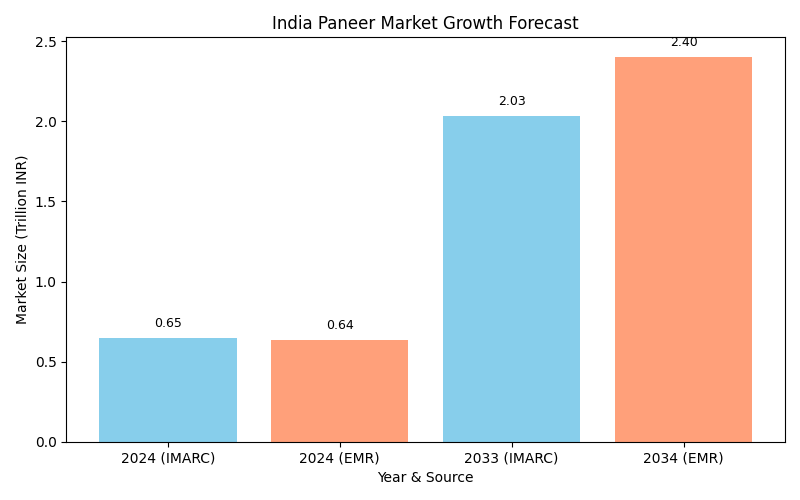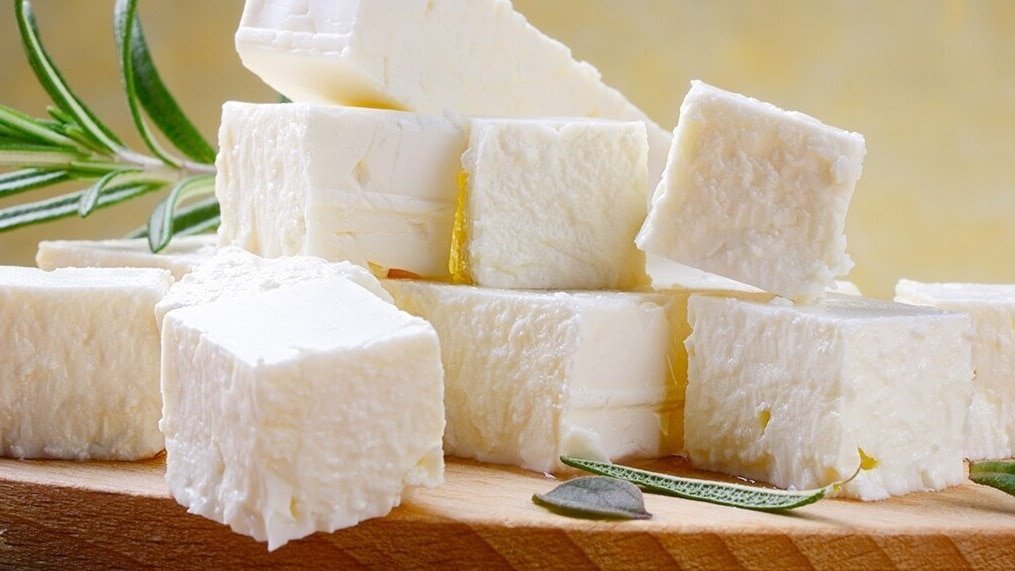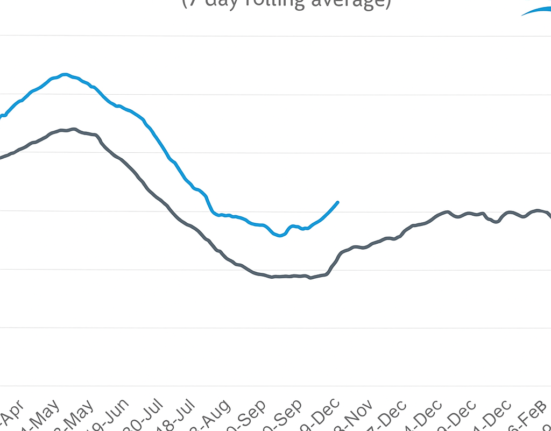India’s cottage cheese market is undergoing a tectonic shift. Once the domain of small dairies selling loose paneer in open markets, the sector is rapidly organising around hygienically packaged products. Primary cooperatives such as Amul and Mother Dairy are spearheading this transformation, with smaller challengers quickly following suit. Analysts estimate the market will grow from roughly ₹640 billion in 2024 to more than ₹2 trillion within the next decade. Such explosive growth reflects changing consumer tastes, rising health awareness and innovations in both product development and supply‑chain logistics.
Health trends and QSR momentum
Paneer’s popularity is bolstered by India’s large vegetarian population and growing preference for high‑protein, low‑carb diets. Quick‑service restaurants (QSRs) and cloud kitchens have popularised paneer‑based burgers, wraps and pizzas, while ready‑to‑cook mixes and e‑commerce platforms allow consumers to prepare restaurant‑style meals at home. Manufacturers are launching flavoured, low‑fat and fortified variants to appeal to health‑conscious urbanites.
Market growth outlook
To visualise the contrasting growth forecasts, the chart below compares projections from two leading market-research firms. One estimates that the paneer market will triple in size by 2033, while another sees it rising even further by 2034.

Competitive dynamics
Amul remains India’s most valuable food brand and the undisputed leader in paneer. Its cooperative structure enables vast milk procurement, allowing it to price aggressively yet innovate with high‑protein products. Amul’s latest initiative, converting whey into bioethanol, underlines its commitment to sustainability and offers a potential new revenue stream.
Mother Dairy, ranked second, thrives in urban markets with its network of booths and modern retail presence. It focuses on hygienic, affordable paneer but faces the challenge of expanding its reach beyond northern India.
Milky Mist, a southern upstart, is shaking up the market. Its revenues grew 33% in FY 2024, and it’s pushing into northern markets. Heritage Foods plans modest price increases to combat rising costs, while Parag Milk Foods is betting on premiumisation with high‑protein paneer under its Pride of Cows brand.
Brand value vs revenue
The following chart juxtaposes brand valuations (converted to Indian rupees) against company revenues for key players, highlighting how market standing does not always align neatly with turnover.

Innovations and sustainability
The future success of paneer brands will hinge on balancing affordability with premium offerings. Companies are investing in cold‑chain infrastructure and automation to ensure quality while reducing costs. Adulteration remains a concern in the unorganised sector, driving more consumers toward trusted brands. Sustainability initiatives—like Amul’s bioethanol project—demonstrate how environmental stewardship can also deliver economic benefits.
Outlook
India’s paneer market appears poised for sustained expansion. Urbanisation, rising disposable incomes and a shift towards healthier diets will continue to propel demand. With organised players introducing innovative products, improving supply chains and exploring circular-economy initiatives, paneer is set to become a ₹2 trillion opportunity. Brands that combine technology‑driven processing, consumer‑focused innovation and sustainable practices will dominate the next chapter of this growth story.







